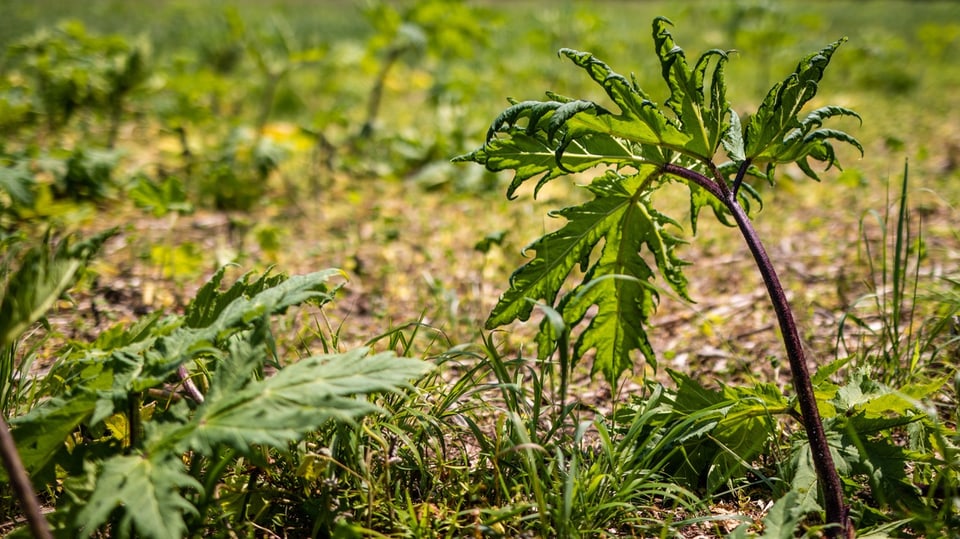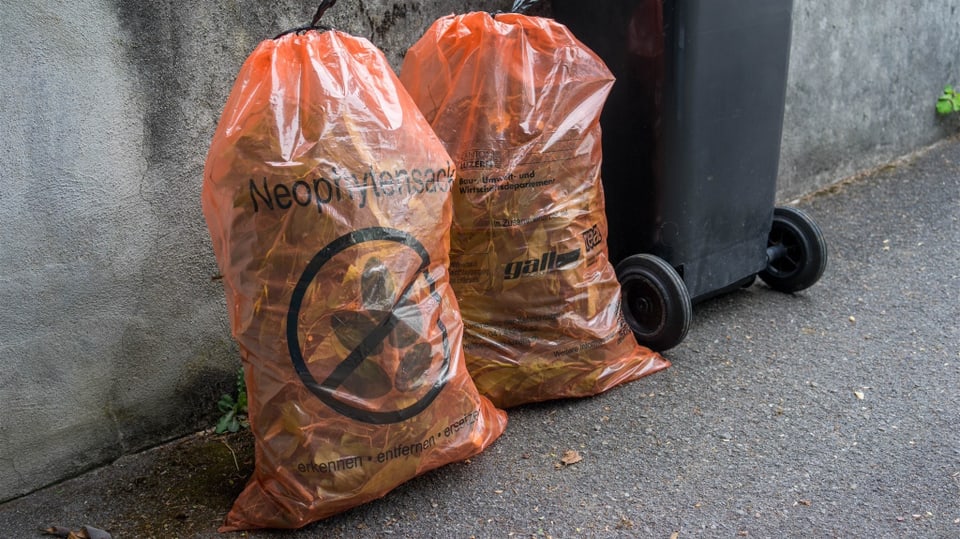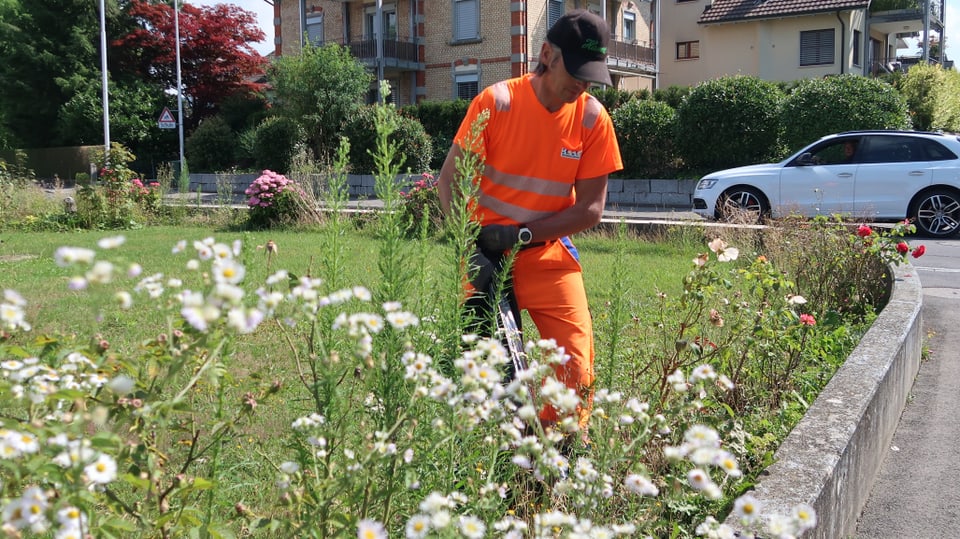Contents
The population should collect and hand in harmful plants in plastic bags. The “neophyte sack” is then burned.
- Buddleia is popular as a butterfly plant, but harms biodiversity.
- Some neophytes are also of concern to humans. Ambrosia, for example, is highly allergenic and can trigger asthma.
- Control only works if the population cooperates and does not buy invasive plants in the garden center.
Buddleia, annual fleabane or Japanese knotweed: These plants look pretty, you can find them in a garden or in a meadow. But they are also dangerous for native species.
Various cantons and municipalities are therefore declaring war on “exotic problem plants”. Around 13 communities around Biel want to put an end to the invasive neophytes with the “neophyte sack”.
Legend:
The summer lilac has spread through seeds in nature. To fight it has to be dug up.
Keystone/Urs Flüeler
Plants such as Canadian goldenrod, Himalayan balsam and vinegar tree spread rapidly and profusely. They displace native plants and thus limit biodiversity in Switzerland. “Our plants and animals interact. If certain plants are displaced, native animals will also go away,” says agronomist Samuel Kappeler. He advises the municipalities around Biel.
tearing out and burning necessary
Some of the plants are also problematic for humans – for example, ragweed pollen is highly allergenic and can be dangerous for people with asthma. Contact with the giant hogweed can cause skin burns. The annual fleabane is poisonous to animals such as cattle.

Legend:
The giant Bärenklau lives up to its name: it can grow up to three meters high. It burns the skin when touched.
Keystone/Christoph Schmidt
The expert advises against buying problematic plants. Summer lilac and cherry laurel are particularly popular. You can buy them in garden centers, for example. “Buddleia is particularly popular because the flowers attract butterflies,” says Samuel Kappeler. But the seeds would spread quickly. The same applies to the cherry laurel: “The birds eat the berries and spread them, for example, in the forest.”
The population should now uproot the “problem plants” and collect them in a specific plastic bag. “The seeds can multiply in the green container, which is why incineration is the safest method,” says Kappeler.
“Neophyte bags” are available free of charge
In Central Switzerland, people have had good experiences with this “neophyte sack” since it was launched in 2021. “There was consistently positive feedback,” says Stephanie Amrein from the Agriculture and Forest Service in the canton of Lucerne. The transparent, bright red neophyte sack helps with this. He stands out when he’s standing on the side of the road. “It’s about making people aware of the problem,” says Amrein.

Legend:
Bright red and transparent: This is what the neophyte sacks look like.
ZVG/Cristina Perrenoud/Agency Prudence
The sack and media reports would encourage the population to take a look in their garden and react. In the spring, all six central Swiss cantons launched a joint campaign to combat the “neophyte sack”.
As in Biel, the collection bags are also free in Central Switzerland. You can get them from the municipality, for example. They are picked up together with the household waste. To prevent misuse, the bags are transparent.

Legend:
Churches are also fighting neophytes. In Baar, a community worker uproots invasive plants.
SRF
“The fight only works if people recognize neophytes and uproot them,” says agronomist Samuel Kappeler. Also the beloved summer lilac in your own garden.
